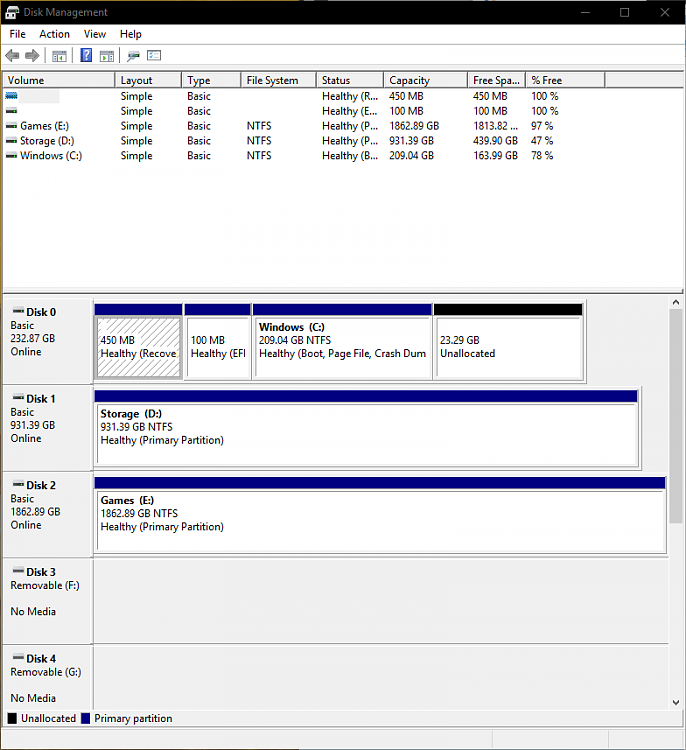

It's best to build your city blocks out ahead of your residences and place buildings where their coverage is the most efficient. The key to repeating coverage of any building is the have the least overlap necessary to maintain the coverage you want. Here also is an example of how you can connect a building to the other side of the block to slightly extend its influence. However, the luxury tax you gain from a residence house will decrease very sharply the further they get from the dark green coverage. Since luxury buildings are not a requirement to fill or advance a house, dark green coverage is not a necessity for every residence.


All of these buildings have fairly large coverage areas and should be easy to place.Īdding luxury buildings and connecting buildings to other sides of the block. The other required buildings are the School for Workers/Artisans, the University for Artisans/Engineers, and Electricity for Engineers/Investors. The marketplace has one of the best coverage distances of our public buildings, so this shouldn't be too hard. Since 100% fulfillment is required to fill and advance a residence, we want to make sure all houses in our grid will be touching dark green coverage. The first building we put down is the marketplace. To start the layout, it's best to begin in a corner of your island where you can fit at least 4-5 blocks in each direction. In the example above, you'll notice that tree lines rarely continue from one block to the next, instead being broken up by residences and differing layouts.Ģ.) Connect the middle residence from different sides compared to neighboring blocks.ģ.) In some instances it might be more efficient for two or more public buildings to share the same block, but aesthetic variability will favor placing them in different blocks. Here's just a couple tips in making blocks:ġ.) Try not to continue tree lines from one block onto neighbor blocks unless you have no other option. You would think that with repeating 10x10 city blocks, our city would look as blocky and unnatural as premade city layouts, but the fact that 3x3 houses don't fit perfectly into 10x10 blocks means each block can have residences that are slightly offset from neighboring blocks, and each block can have differing empty spaces that are filled with trees. Dark green spaces would be where we can add trees and other aesthetics.
Optimal layout for windows 10 how to#
In the image to the right, you can see examples of residence only blocks, blocks with public buildings, and even how to arrange residences to allow a railroad to move through existing blocks. It also means we can plan ahead more easily as our design is easily repeatable. Having a universal block size means we can swap in a building wherever we want, without having to change the main roads. If you've tried to make your blocks out of 9x9 or 6x15 sizes, for example, you've probably run into difficulty if you needed to add a public building as your citizens advance. The only exceptions are the Bank and the World's Fair, but those are explained later in the guide.

In this layout guide, there are no special block sizes for public buildings, as everything fits inside a 10x10 block without modification. The cornerstone of our layout is the 10x10 city block. However, I believe Anno 1800 lends itself more to making your own modular cityscape for the following reasons:ġ.) There are more public buildings, and each tier needs different combinations of public buildings.Ģ.) Distance based influence is easier to play with and more forgiving than strict circular influence.ģ.) The ability to move buildings without destroying them means adjusting your layout as necessary is easy and quick to do.Ĥ.) Cliffs, rivers, and clay pits make large premade layouts problematic, while a modular layout easily works around these.Įxample blocks only, not an actual layout. With 14 I leaned more towards preset layouts and made tiny modifications to make it look better. My Anno building experience has always been about trying to find a balance between aesthetics and efficiency, mainly with city layouts.


 0 kommentar(er)
0 kommentar(er)
